The 10 contradictions of the OTT business: Akash Banerji, Viacom18 Digital Ventures
The OTT business has been on a high growth curve with new players entering the market, even as the content has seen a manifold jump. OTT’s growing march has also attracted brands by the droves. However, Akash Banerji, Head - Marketing and Partnerships, Viacom18 Digital Ventures, chose to turn the focus on the 10 most contradictory questions of the business of OTT in his inaugural keynote address at the first edition of Adgully’s The Mobile Media Summit, held in Mumbai yesterday (December 12, 2018).
While talking about driving scale in the OTT business, which has seen tremendous growth in the last 2-3 years, Banerji highlighted three key aspects – contradictions, predicaments and business perspective. He noted that the business of OTT was based on 3 main things – affordability of smartphones, availability of great content platforms, and accessibility due to cheap data prices.
The 10 contradictory questions
According to Banerji, the first question that comes above all is “variety of offers or focus on depth”. The depth of any OTT is the quality of content that it creates, while the width is the quantity of different content. In today’s date, the depth of an OTT platform is what drives the people to become loyal. While the world of web is new and developing, more than the depth it is the width that matters. Comparing the depth of a platform to its width, he stressed that it is the depth that always increases the loyalty of consumers, whereas the width takes one ahead only to a certain extent.
He went on to showcase how Voot, Viacom18’s OTT platform, focuses on depth, which has helped it give people more than 50,000 hours of content. He claimed that Voot has been found to have 50 minutes of pure watch time every day per person. “Every business of OTT has an evil mix of depth and width; it’s the continuation of either one which leads to the success of business,” Banerji maintained.
The second contradictory question was “Content I love or the content others love”. Banerji noted that personalisation of content from a business point of view isn’t something that is considered with a single person’s view. “Content on OTT influences majority of the audiences,” he added.
The third question was “Typical 30-second ad or new favourite branded content”. Here, Banerji pointed out how the 30-second TV commercial ads are being decimated by the new ads of the moving markets. According to Banerji, consumers today preferred to have a story in the ad. “Branded content has become the new trend. The conundrum isn’t only from the market point of view but also from the AVOD side as the advertiser’s point to the audience,” he said.
According to Banerji, we were asking the wrong question. The question should not be about the duration, but about whether there is any value in brand building anymore in this new digital age. Herein was the fourth contradictory question. Earlier, ads had a high recall factor and had an emotion based concept in them. Nowadays, the ads that are made have the message to the point of purchase. Earlier, people used to have a specific brand of preference, but now consumer needs and preferences keep fluctuating, hence making a brand related ad has become a scary move for marketers. Involvement of machines, algorithms and data have made it all the more complex. Banerji felt that the problem in the ad is like a bug in a software, which actually is in the human mind.
The next contradictory question was about “marketing with digital mediums versus traditional mediums”. This needs to be seen in the context on mass media, which, as Banerji pointed out, has 3 major objectives: the first one being the hard tangible fruit of reach of it, the second being the shaping the cultural meaning of a brand, and the third one being trust building.
“Growing the ad-business or the subscription business” is also a contradictory question. He mentioned here how at the beginning the ideology of OTT was considered to be an impossibility, but not anymore. “Nobody accepted the fact that people would pay for something like this. But today, OTT is a Rs 3,500-crore market and growing,” Banerji pointed out. According to him, there are two types of OTT viewers – one is AVOD, which is the audiences video on demand, and the other one is SVOD, which is subscribers video on demand. Both types of viewers are driven by exclusive content. The challenges for OTT platforms are two- pronged – retention and acquisition of audience. “The complete profit of the business lies in consumer demand,” he affirmed.
Another contradictory question was concerning “content business or technology business”. He noted that the primary objective of an OTT business is to dish out experiences in order to assure that all the viewers are able to personalise their content on the platform, which helps them to understand what they like. Once the audience begins to like the content, they become loyal. Banerji stressed that the OTT business needs to be an experience-first business rather than being completely focused on content or technology.
He also raised the question on “who is the driver of change, CTO/ CDO/ CMO?”. According to him, everyone who is a part of the business is a driver of change. While a CTO is supposed to be handling the technical parts, he also understands the wants of the people. While a CDO deals with the digital parts, others do as well. While a CMO takes care of advertisements, he also understands the mar-tech and ad-tech.
Another contradictory question was about “Competing for the present or building for the future”. He noted that in the present situation of the OTT business the most important thing was the value of cash flow in the business and what can be done about it in the future. According to Banerji, the profit in the business depends on two factors – growth and durability. While growth tells us what is going on and is easy to measure, durability is about the endurance and is a tough factor to measure.





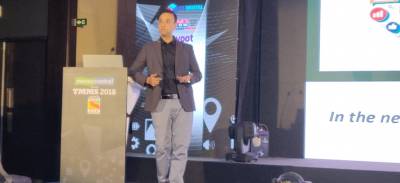
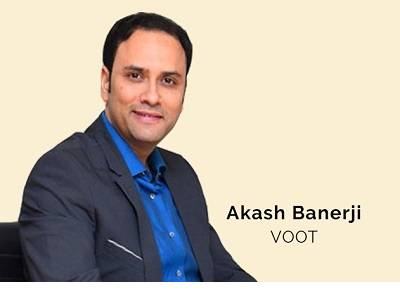

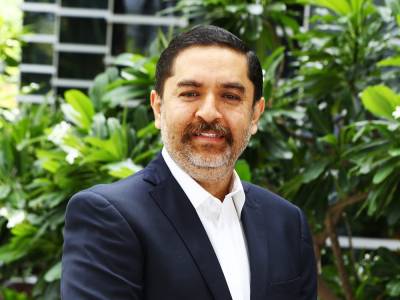
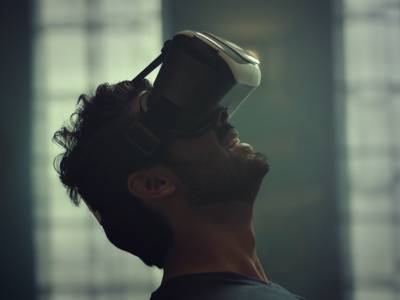
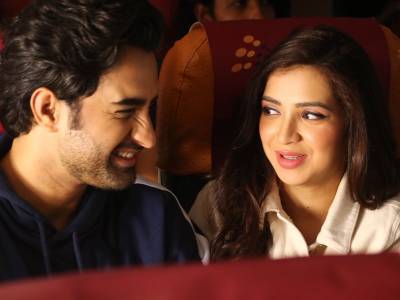
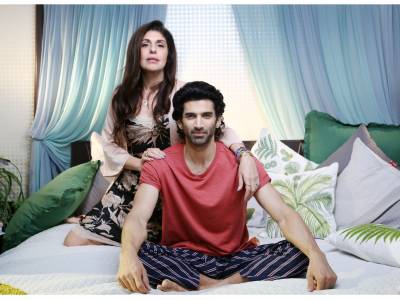

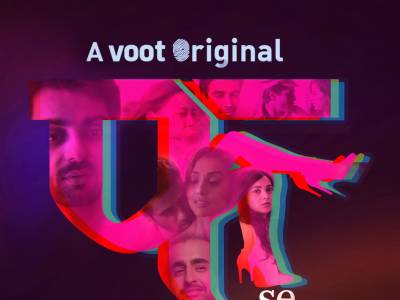
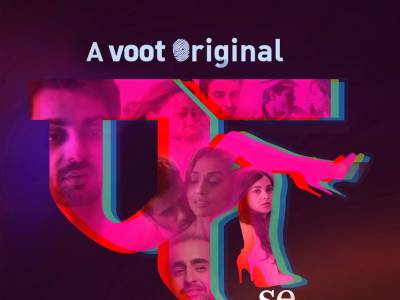

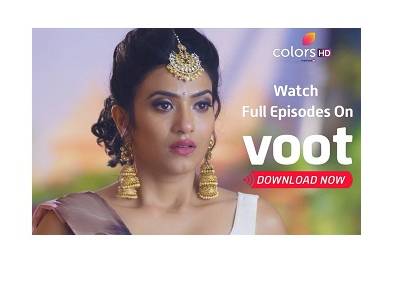




Share
Facebook
YouTube
Tweet
Twitter
LinkedIn